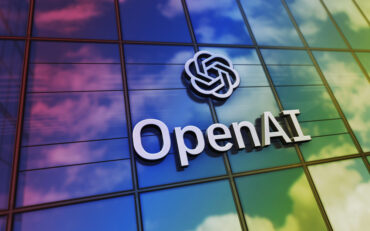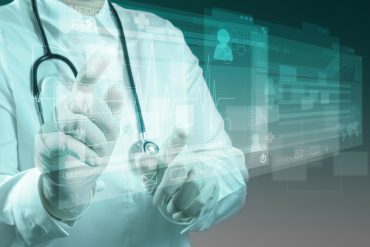
A device monitoring solution from IBM helped an Australian hospital with 5,000 devices reduce calls to the IT help desk and resolve IT help requests much faster.
Name of Organization: St. Vincent’s Health Australia Sydney
Industry: Healthcare
Location: Sydney, Australia
Business Opportunity or Challenge Encountered:
Technology is everywhere within today’s major medical centers. There are various patient monitoring devices, as well as the mobile phones and tablets that clinicians now carry with them everywhere.
It takes an entire IT department to track and maintain all these devices, and that’s on top of their duties maintaining centralized IT applications and systems.
The IT department at St. Vincent’s in Sydney, Australia, had been using multiple, disparate systems to track 5,000 devices—along with the software licenses, service requests and virus protection assets that accompanied them. Tracking these devices and assets to ensure top levels of performance was difficult; ensuring software usage, license compliance and support was an added burden at the 320-bed facility. The calls to IT support left the team with little time to do anything else.
Russell Wilcoxon, the IT support service coordinator at St. Vincent’s, wanted greater visibility into the performance and compliance of an ever-expanding universe of PCs, portable devices and software licenses. His eight-person team could not support more than 6,500 doctors, nurses and administrative staff at St. Vincent’s, who carry approximately 5,000 devices.
Problems reported to the help desk range from access to the 300 or more medical software applications to hardware issues. The hospital must resolve each problem quickly, because in a healthcare environment every issue has a potential impact on patient care. Limited visibility into asset inventory raised that risk.
“We knew an asset’s age and when its warranty expired — that’s it,” Wilcoxon explains. “We couldn’t track asset performance to know how many jobs a particular asset has logged over a period of time, for example, or which software application was on which asset. We didn’t have a way of knowing if an individual was actually using a particular application on his or her device. With thousands of devices, that can have serious implications for software expenditures.”
How This Business Opportunity or Challenge Was Met:
The hospital decided to implement a centralized device monitoring system that monitors and tracks, in near real time, the use of various devices across the facility, as well as their software license status. The hospital adopted IBM Control Desk to handle the requirements, providing “unified access to near real-time information on each asset, enabling us to see and track each deployed computer, see the applications running on it and view its maintenance history from a single screen,” says Wilcoxon.
The hospital also added accompanying software designed to add an element of self-service, helping doctors, nurses and administrative staff to request and install software themselves, without logging in a job or requesting service from the help desk.
Measurable/Quantifiable and “Soft” Benefits From This Initiative:
As a result of the device monitoring implementation, the hospital’s IT support service group has more intelligence up front – therefore requiring fewer calls to its help desk. The hospital’s IT staff reports that it is now able to resolve job tickets 75 percent faster than the original three to four days it took to solve issues, as well as solve 35 percent of issues on the first call.
The new self-service capabilities have reduced calls to the help desk, which means users are finding solutions to their issues faster. It also frees staff to focus on those jobs that do reach the help desk. IT support staff also can access and monitor devices via their own mobile apps.
“We’ve turned it into a mobile app for our support staff so they can be more proactive,” says Wilcoxon. “They don’t have to come back to the office to print out a job or to look up their next job. The mobile capabilities are absolutely a godsend for us.”
The new centralized monitoring system “provides unified access to near real-time information on each asset, enabling us to see and track each deployed computer, see the applications running on it and view its maintenance history from a single screen,” Wilcoxon says.
“We’re now an IT that can support fast-paced doctors and nurses,” he adds. “We can support the new generation of the doctors who are young, and ‘want everything now.’ These young doctors don’t want to have to talk to the help desk. We saw first-call resolutions skyrocket — because the information is now in front of us.”
(Source: IBM)
Want more? Check out our most-read content:
Frontiers in Artificial Intelligence for the IoT: White Paper
Beyond Sensors: IBM on Use Cases for Real-Time Data
Why Data Integration Needs to Evolve for the IoT
Real-Time Traffic Management With Road Signs
Liked this article? Share it with your colleagues!





























